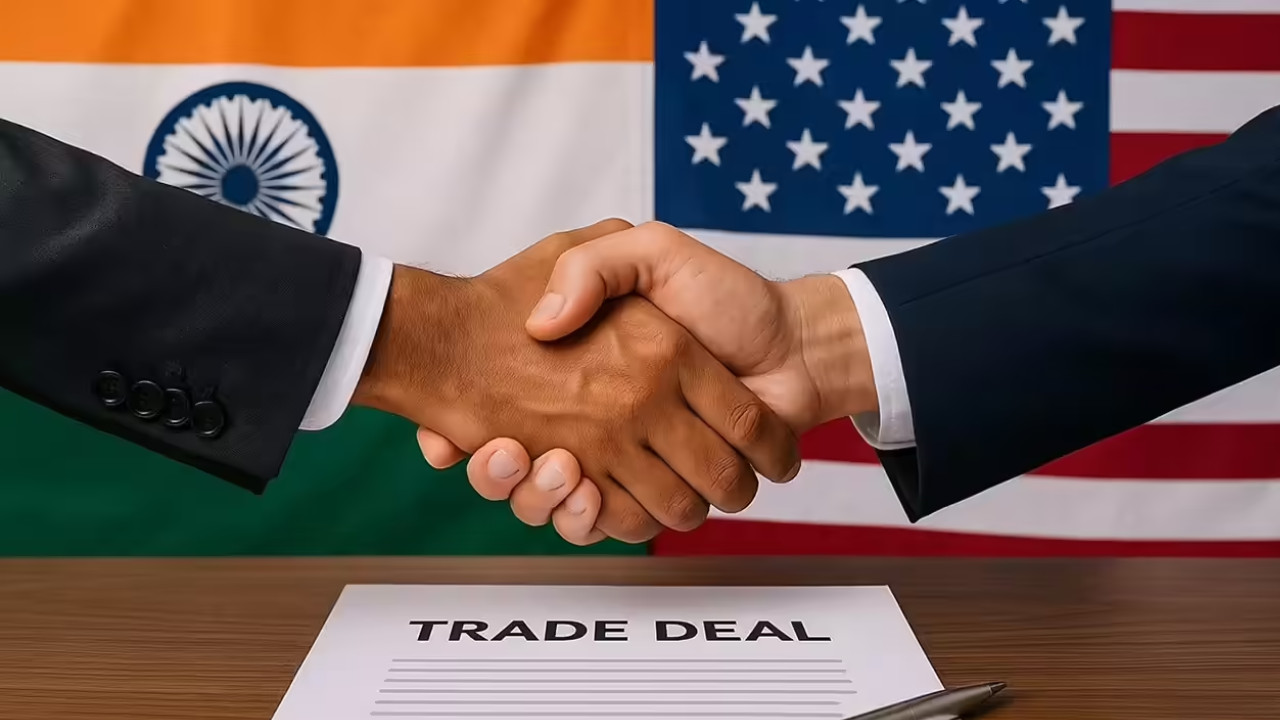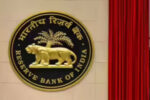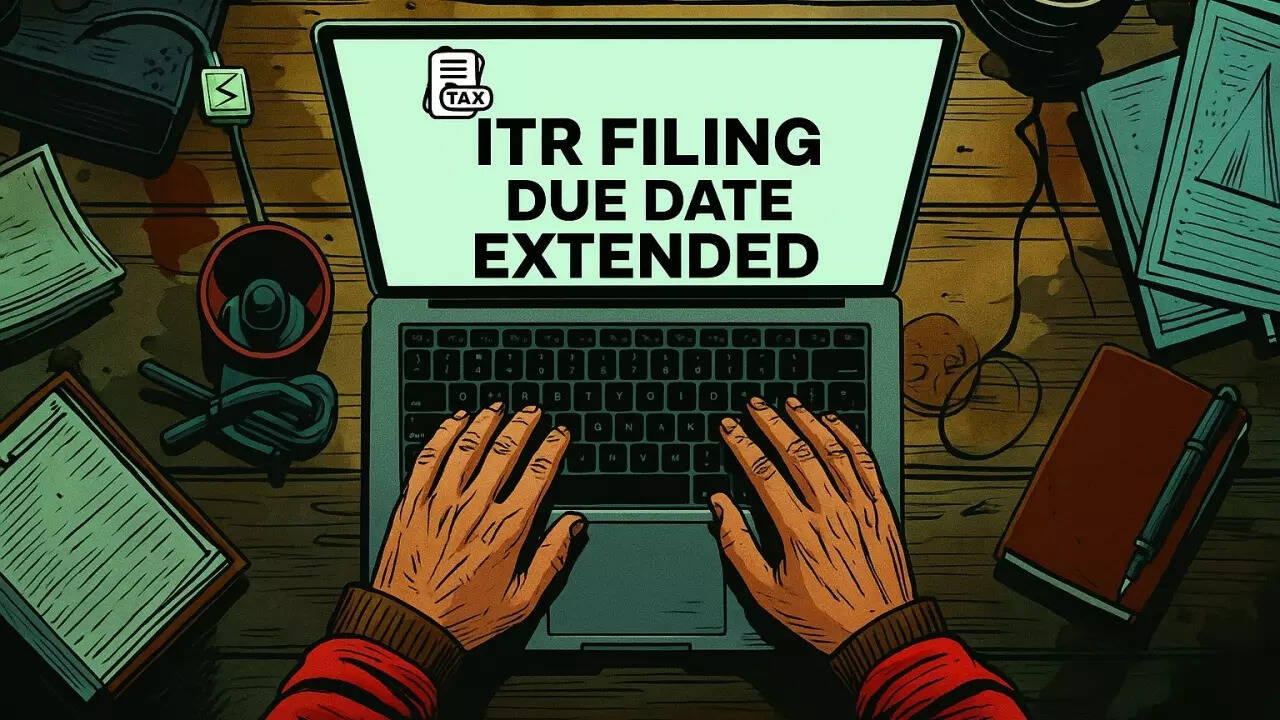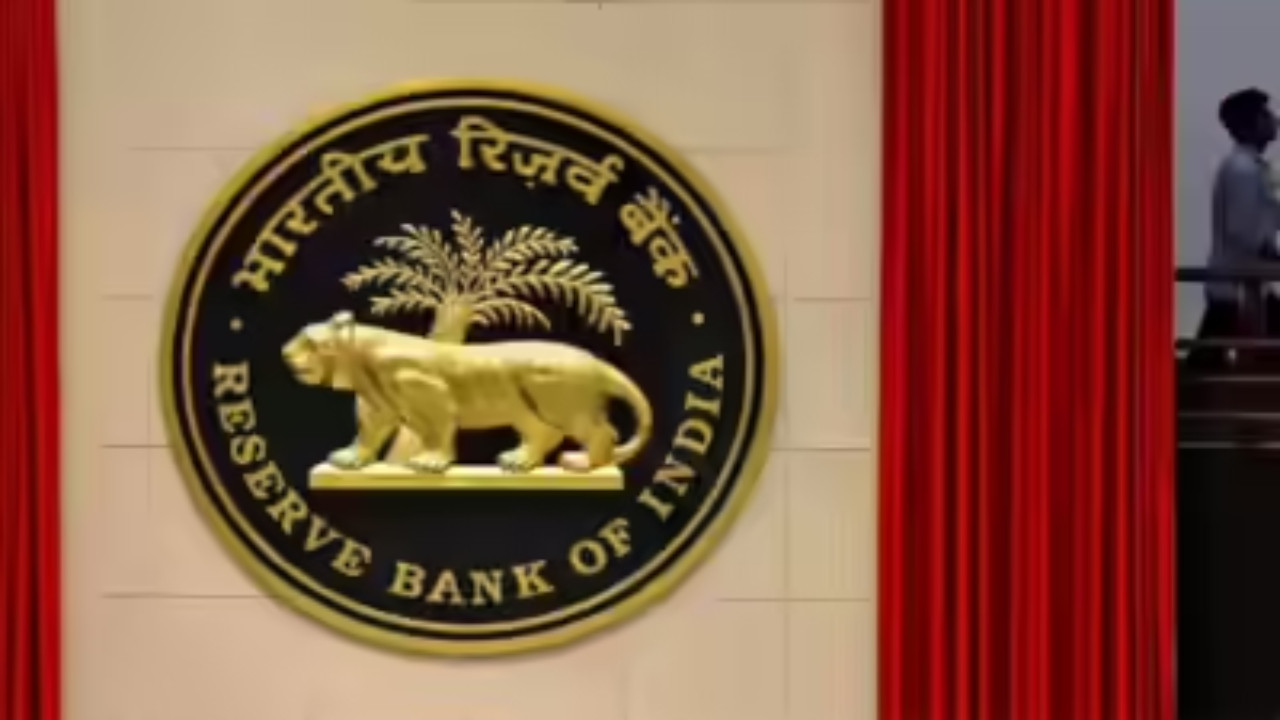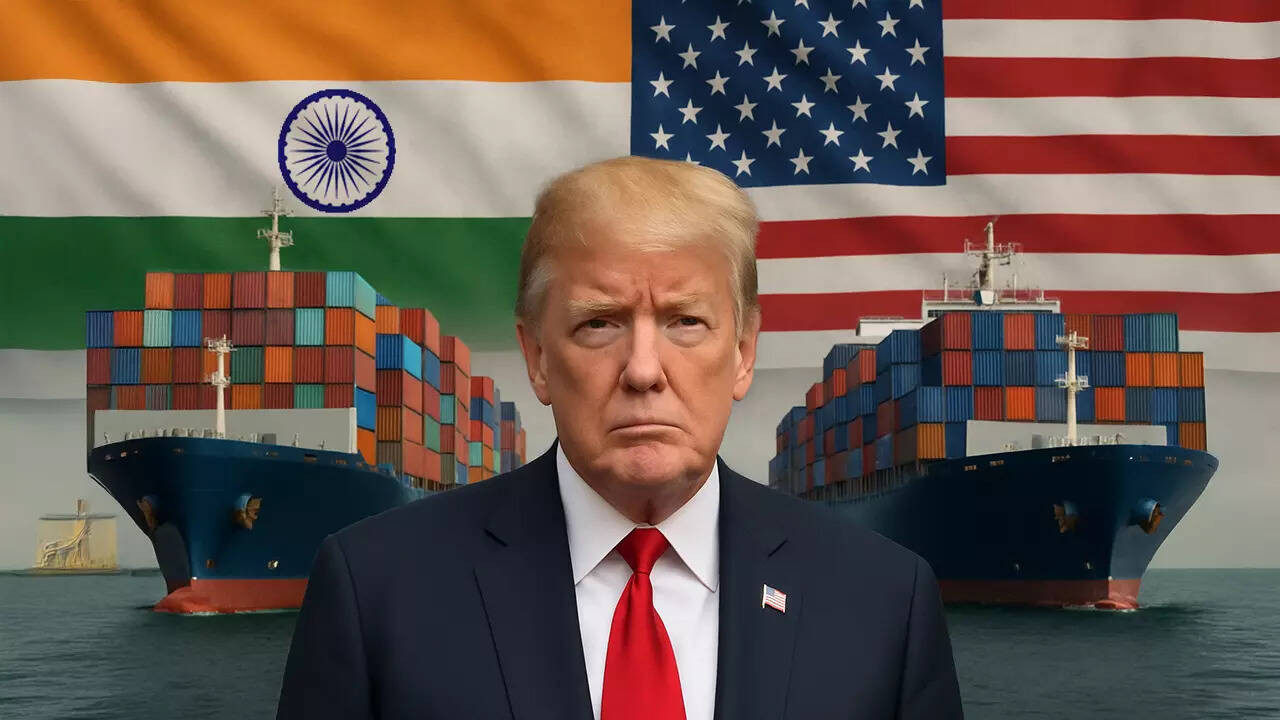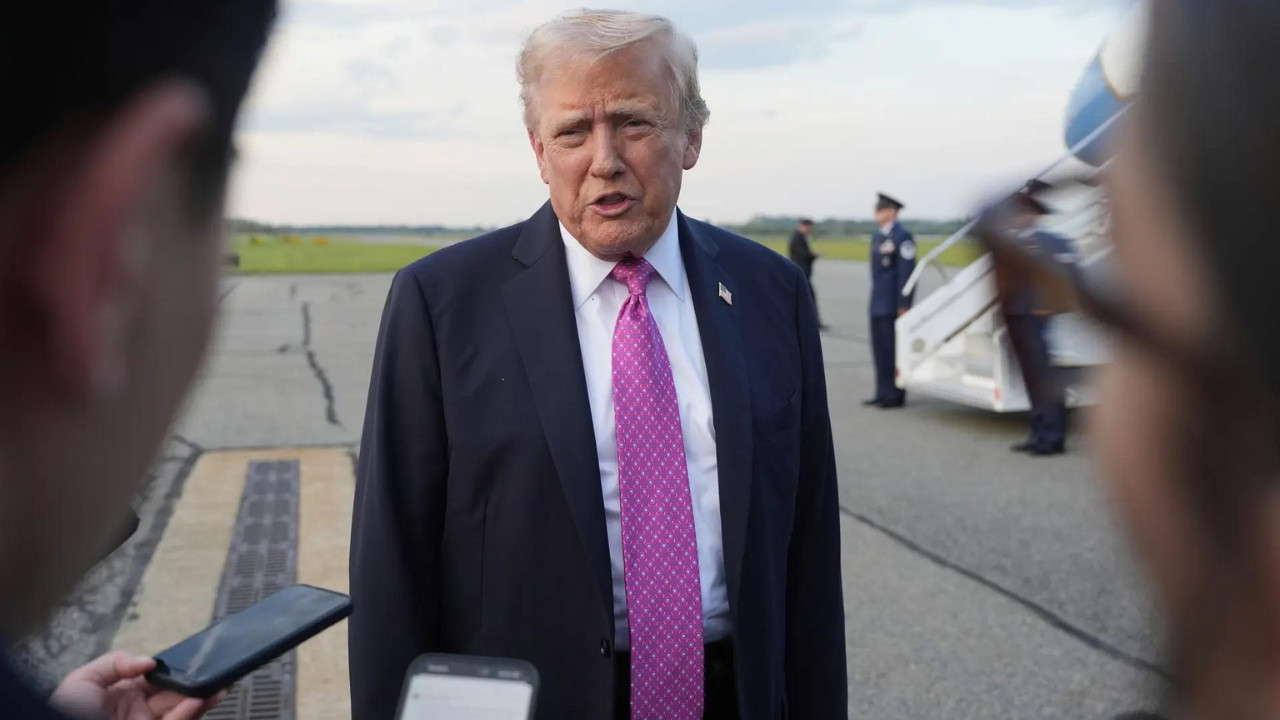President Trump announced potential trade deal with India amidst imposing reciprocal tariffs on several nations, including allies like Japan and South Korea. While India is spared from these tariffs, negotiations continue to finalize a bilateral trade agreement by Fall, aiming to reduce the trade deficit by increasing American arms and energy imports.
India-US Trade Winds: Are Smooth Seas Ahead?
For years, the economic dance between India and the United States has been a complex choreography of opportunity, aspiration, and the occasional stumble. Remember the days of tariffs and trade barriers? Well, it looks like those days might be fading into the rearview mirror, replaced by the promise of a smoother, more prosperous partnership. The latest buzz emanating from across the Pacific suggests that a significant trade deal could be within reach, potentially reshaping the economic landscape for both nations.
But what does this really mean for businesses, consumers, and the overall relationship between these two global powerhouses? Let’s dive in.
The Hint of a Deal: What’s on the Table?
While details remain shrouded in diplomatic coyness, the general sentiment points toward a comprehensive agreement addressing a range of trade issues. Think of it as a tune-up for the existing economic engine, aiming to optimize efficiency and unlock new avenues for growth. The potential deal is expected to tackle concerns surrounding tariffs, market access, and intellectual property rights. These have historically been sticking points, creating friction and hindering the free flow of goods and services between the two countries.
Imagine a scenario where Indian mangoes, renowned for their luscious sweetness, could more easily find their way onto American supermarket shelves. Or where cutting-edge US technology could be seamlessly integrated into India’s burgeoning manufacturing sector. These are the kinds of possibilities that a well-structured trade deal could unlock. The potential for both nations to benefit is immense.
Navigating the Complexities of India US Trade
It’s not all smooth sailing, of course. The nuances of international trade agreements are notoriously complex, requiring careful negotiation and compromise on both sides. Each nation has its own set of priorities and sensitivities, and finding common ground requires a delicate balancing act. Issues like agricultural subsidies, data localization, and regulatory standards are likely to be at the forefront of discussions.

India, for example, has been keen to protect its domestic industries while simultaneously seeking greater access to the US market for its products. The US, on the other hand, has been focused on ensuring fair competition and protecting its intellectual property rights. Bridging these divides requires a willingness to engage in constructive dialogue and find solutions that are mutually beneficial.
What’s at Stake for Businesses and Consumers?
The implications of a successful trade deal are far-reaching, impacting businesses of all sizes and consumers in both countries. For businesses, a reduction in tariffs and trade barriers could translate into lower costs, increased competitiveness, and new opportunities for expansion. Imagine an Indian textile manufacturer gaining easier access to the US market, or an American software company finding it simpler to operate in India.
For consumers, the benefits could include a wider range of products, lower prices, and increased innovation. A more open trading relationship could stimulate competition and drive down costs, making goods and services more affordable for everyone. Furthermore, it could lead to a greater exchange of ideas and technologies, fostering innovation and improving the quality of life.
The Bigger Picture: A Strategic Partnership
Beyond the immediate economic benefits, a strengthened trade relationship between India and the United States could have significant strategic implications. In an increasingly complex and interconnected world, closer cooperation between these two democracies can play a crucial role in promoting stability and security.
A robust economic partnership can also serve as a foundation for collaboration in other areas, such as defense, technology, and climate change. By working together on shared challenges, India and the United States can amplify their influence and contribute to a more prosperous and peaceful world.
Check out this related article on other India economic forecasts.
The Road Ahead: Optimism Tempered with Caution
While the signs are encouraging, it’s important to approach the prospect of a trade deal with a balanced perspective. Negotiations can be unpredictable, and unforeseen obstacles may arise along the way. It will take sustained commitment and political will from both sides to overcome these challenges and reach a final agreement.
Nevertheless, the current momentum suggests that a significant breakthrough is within reach. A successful trade deal between India and the United States would not only boost economic growth but also strengthen the strategic partnership between these two vital nations. The world will be watching closely as this story unfolds. It’s a partnership that has enormous potential to shape the global economy and the geopolitical landscape for years to come.
